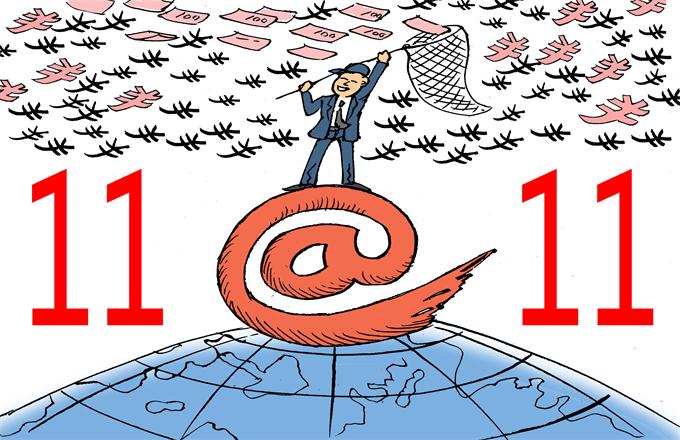Shared development as the last concept
Why is "Shared Development" the fifth and final of the Five Major Development Concepts - President Xi Jinping's guiding strategy to transform China? After all, China cannot realize its overarching goal of becoming a "moderately prosperous society" until poverty is eliminated and economic and social imbalances are reduced. Nowhere is this need more acute than in healthcare, a focus of reform.
To investigate the Five Major Development Concepts, I spent a week in Northwest China's Qinghai province - Xining the capital and Yushu in the Tibetan autonomous prefecture - meeting people, from senior provincial officials to hospital administrators to village doctors.
China still has about 50 million people living in poverty. Qinghai is one of the poorest provinces - 15 of its 48 counties are below the national poverty line. Compounding the problem, its population is less than Chicago's but its area is larger than France's, Qinghai's vast rural areas of 700,000 square kilometers are home to half of its 5.8 million people, most of whom are ethnic minorities. Many still live on the grasslands, herding cattle and horses.
Qinghai's rural people enjoy few benefits of modern urbanization, especially healthcare. Locally, shared development means urban areas helping rural areas. Nationally, shared development means developed regions helping less-developed regions. I saw both kinds of sharing at work in Qinghai.
To eliminate poverty, the government implemented, in 2009, a series of measures aimed at providing affordable, easy-to-access healthcare services. Healthcare now takes up more than 7 percent of Qinghai's GDP; in other provinces it accounts for only about 5 percent.
Today, 98 percent of Qinghai residents have universal healthcare coverage. For government subsidy recipients, the coverage could reimburse as much as 95 percent of their medical costs. A new emergency response system and telemedicine utilize latest technologies.
However, for some Qinghai residents, providing quality healthcare is challenging. This is especially true for highland herdsmen, who live in tents and have no modern appliances, not even radios or televisions. That's where help from other sectors of society comes in.
Foundations and individuals from all walks of life come to Qinghai to donate, contribute, assist and invest. Exemplifying shared development, more-advanced provinces and municipalities, such as Shanghai, are assigned by the central government to help Qinghai's autonomous prefectures.
The most daunting problem is a shortage of doctors at the grassroots level. According to Qinghai healthcare standards, there should be two general practitioners per 10,000 residents. By this standard, a single doctor working in rural areas would have to cover an area of 1,200 sq km.
The government pays doctors' salaries through a multi-level structure that transfers and allocates national tax revenues. In addition to healthcare, fiscal transfer payments cover poverty-reduction programs, equal and affordable educational opportunities, environmental protection, and targeted infrastructure development for China's less developed geographic regions, social classes and ethnic groups.
China's government says that it can effect continuous and robust poverty relief, which requires strategic consistency, because the CPC maintains long-term political power. It's an argument.
Sharing is a way of thinking. It begins by taking seriously society's responsibility for its poorest and most vulnerable members, and it operates at all levels. That's why healthcare in Qinghai is a microcosm of shared development in China.
Shared development is the last of the Five Major Development Concepts not because it is least important, but because it requires the prior success of the previous four concepts - innovative development, coordinated development, green development, and open development. A society needs robust resources to help its poor.
Only when poverty is eliminated and socioeconomic imbalances are reduced will the Five Major Development Concepts have fulfilled their mission. The target date is 2020, when the advent of a "moderately prosperous society" would mean that the first part of the Chinese Dream has been realized.
The author is a public intellectual, political/economics commentator, and international corporate strategist, and the host of Closer to China with R.L. Kuhn on CCTV News (Sundays at 9:30 am and 9:30 pm).
(China Daily 11/12/2016 page5)




















